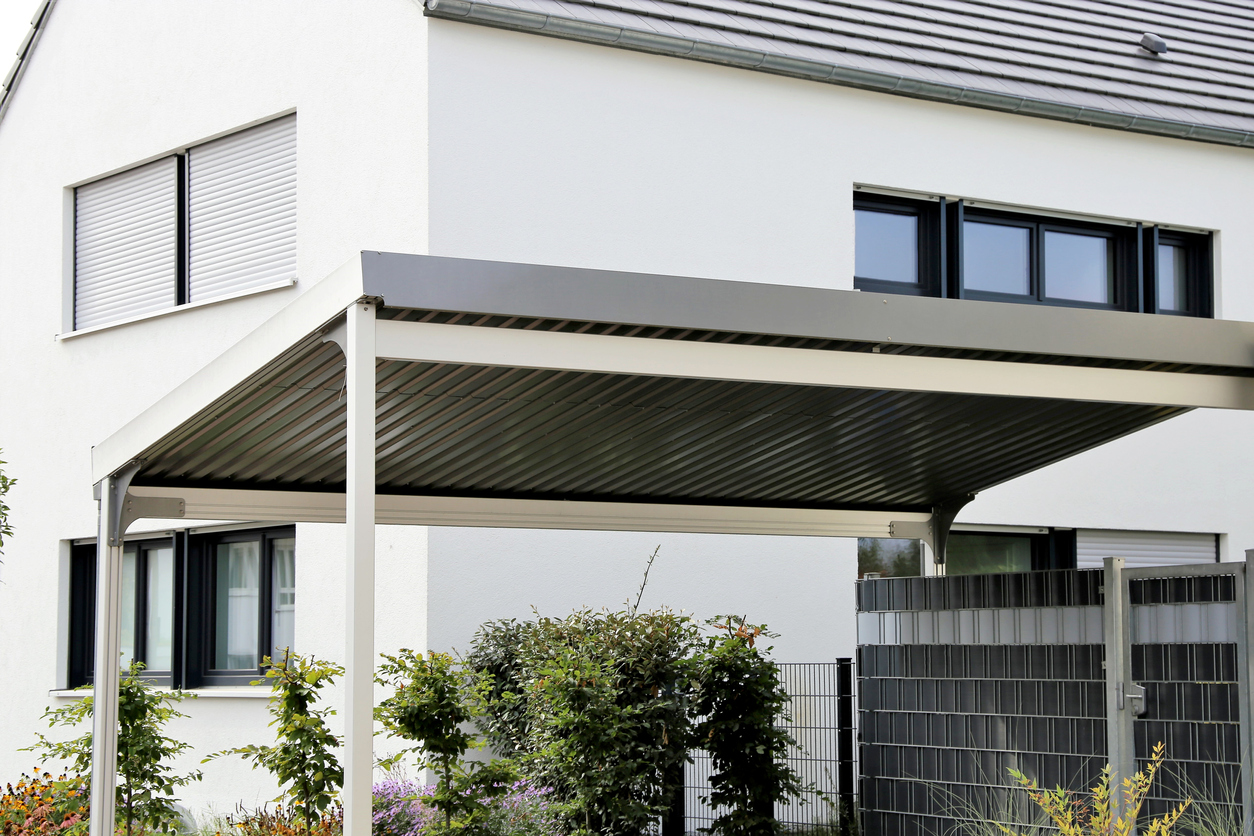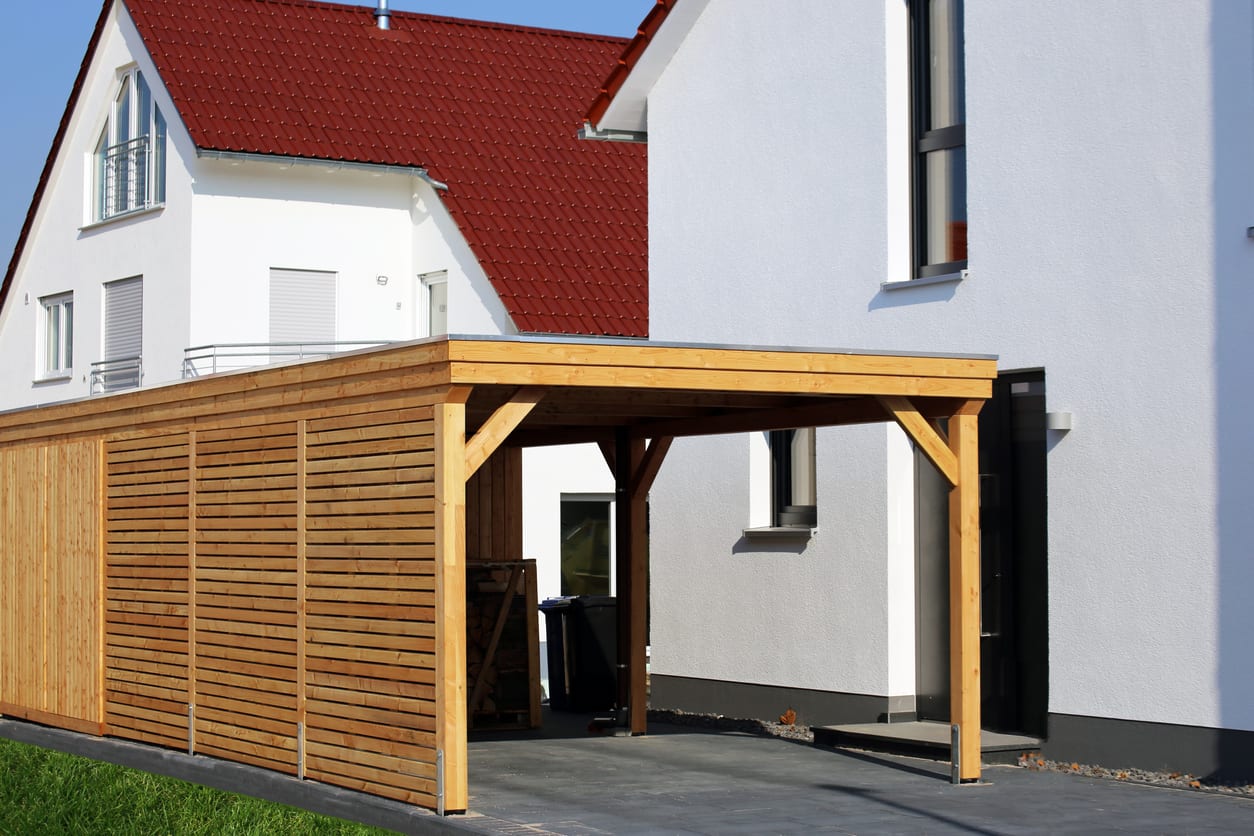- Before You DIY, Ask Yourself: Is This Light Fixture Safe?
- Getting a Handle On Your Front Door Hardware
- Top Ten Pinterest Home Improvement Boards for DIY-ers
- Take A Peek At More Top Ten Pinterest Home Improvement Boards
- Questions to Ask Before Starting a Major DIY Home Renovation or Addition in Hawaii
- Are You Starting a Major DIY Home Renovation Project?
- In It Together: Building a Duplex So Two Families Can Live the Dream
When most people buy a new home, it’s fun to spend a little time really making it yours. You can repaint the walls, redesign the landscaping, and even do a little kitchen renovation to make the space better suited to you and your family. But what about the front door? This is not only the face you show the neighborhood, it’s also the primary way you’ll be accessing your home. Choosing a new front door is a lot more complicated than simply selecting one off a shelf like at the grocery store or pointing out a style and saying “Make It So“. There is a decision-making process starting with the material, then the size and style followed by color and, finally, the hardware. Do you know what kind of handle you want? Some people (admittedly a very few) choose the handle first and build the door around it while most choose their door and then a handle to match. To help you get a handle (pardon the pun) on the decision, let’s answer a few questions you may have about front door locks and handles.
The Shape Functionality
The first thing to consider is who will be using the door. Yes, it sounds silly, we know your thought is “Me, of course!”. However, the style of handle you choose will determine how easy it is to open the door when it’s unlocked. Keyed knobs with a deadbolt are the most common but it should be noted that these take a reasonable amount of grip and dexterity to use. Consider turning the key, turning the handle, then pushing. If you want young children or an elderly relative to come and go, you may want an easier to use handle.
Another standard front door handle is the tall, curved handles that fit the shape of the hand with a thumb latch. These elegant sets are easier to use, push, and especially pull closed but if it’s stiff or the door swells, it might take a little bit of thumb strength to get through.
Then there’s a pure lever handle, easily recognizable by its horizontal bar sticking out left or right from the keyhole. These handles are ideal for handicapped use because they don’t even require a closed hand or working thumb to open once unlocked. You can also train particularly bright cats, dogs, and heavier birds to open doors using lever handles if that’s something you’re interested in.
Finally, there’s the solid bar, no latch involved except the deadbolt. These are quite popular for heavy solid wood doors as they give you the best leverage to haul it open and then closed behind you. Vertical bar handles create an elegant, almost medieval look for your front door, giving the impression that you live in a castle even if it’s a modest one-story home.
The Color and Finish
Needless to say, the color and finish on your door hardware should compliment the color and style you chose for the door itself. Handles, in general, come in a wide variety of metal colors and the combination you choose will reveal a lot about your personal style. Brass, especially darkened ‘aged’ brass has a distinctly historical look, but when combined with a modern style, a glass accented door can take on a ‘Steam Punk’ appearance. To get a naturalist look, try brass with any color of green or darker blues.
Stainless steel and bright silver handles are wonderful for lighter colored and primarily glass doors because they shine together or striking on dark doors by creating contrast. A darkened brushed silver is elegant on beige, moss green, and other muted-colored doors. Silvers also look great on wood, though the shades of brown and silver should be tested against each other until you find a combination that pleases you.
Then there are the darker tones, like a deep red finish or black. These can be stark on white or glass, elegant and classic on wood grains, or ominous on a dark door in complimentary colors. Black handles tend to give a feeling of formality to a home.
The Lock and Deadbolt
How will you lock your door? Most handles come as a set with their own deadbolt, but it’s important to consider how the door is constructed when choosing your latch and locking mechanisms. Double-doors, for instance, require special consideration because they need to latch together securely without rattling or breaking the weatherproof seal when closed.
It’s important to remember that the lock and deadbolt combination you choose will be part of your coming home and locking up procedure every single day for the rest of the time you keep this door, which should be many years unless you really enjoy replacing your front door frequently. Try a lock before buying to see if your hands are comfortable with the mechanism and, once again, consider the needs of any children, elderly, or infirmed in your household who may struggle with a stiffer or more awkward lock type. You might even like a smart lock with a keypad and response to control from your smartphone.
The Right Handle For Your Door
Which is the right handle and lock combination for your front door? Unless you’ve been dreaming of a specific door handle for years, the only way to know the answer is with careful consideration, comparison, and at least a little bit of experimentation. Look at your options, compare finishes to door colors, and try a few handles on for size, smoothness, and ease of use. For more professional answers to DIY project questions, contact us today!
 Copyright secured by Digiprove
Copyright secured by Digiprove 


